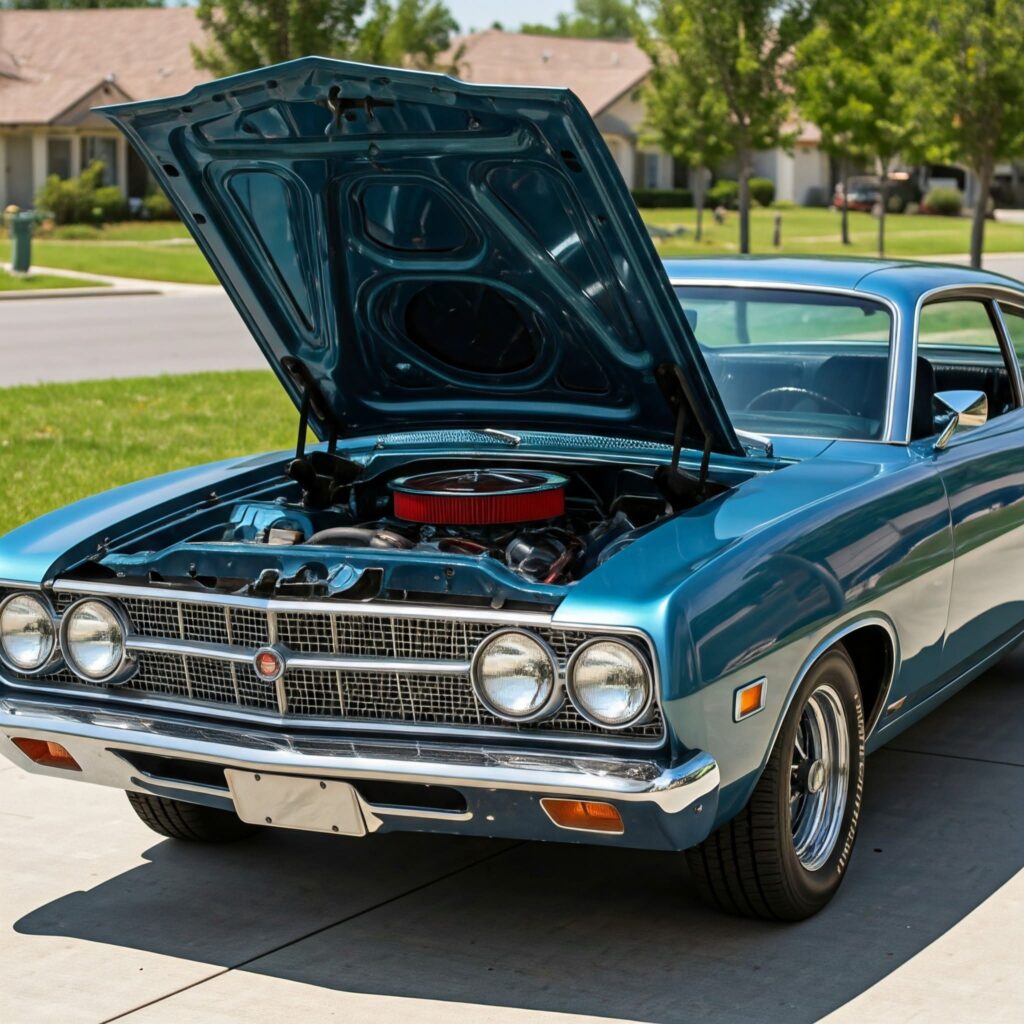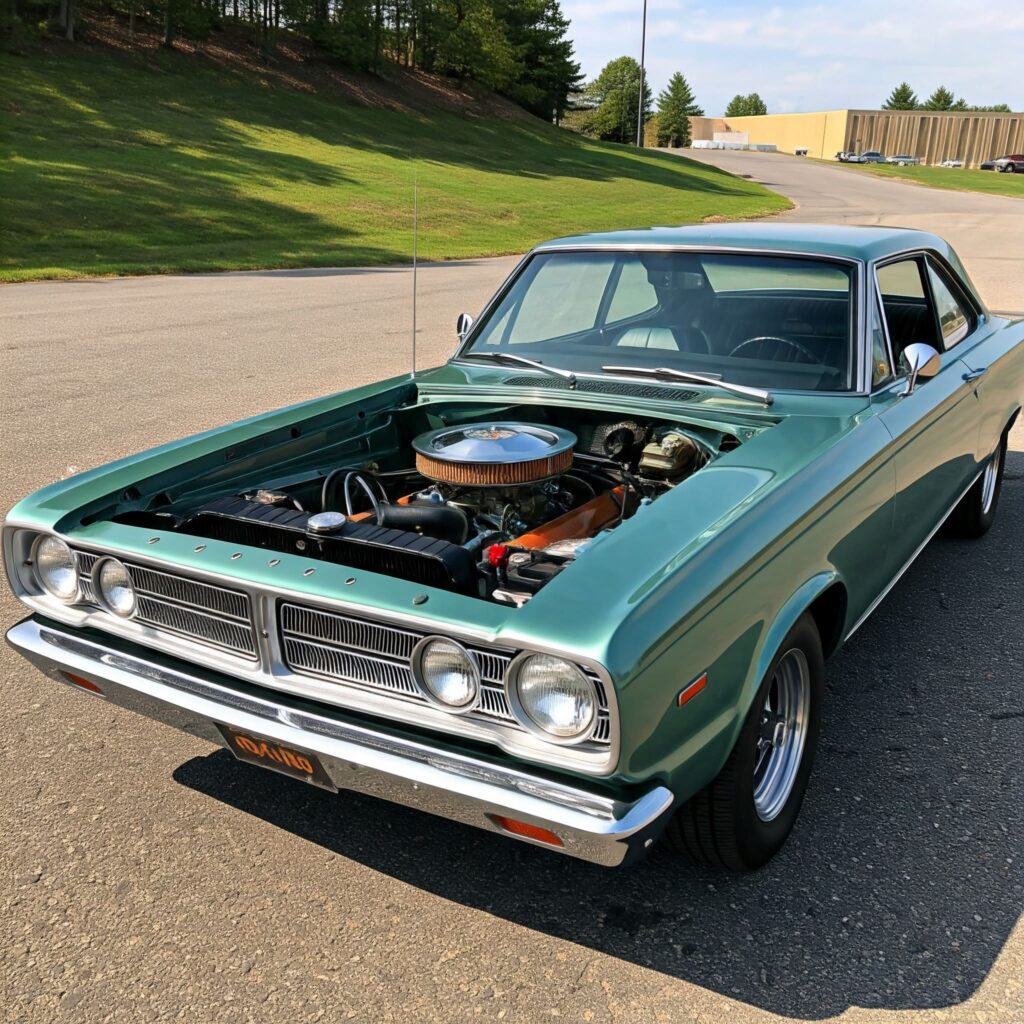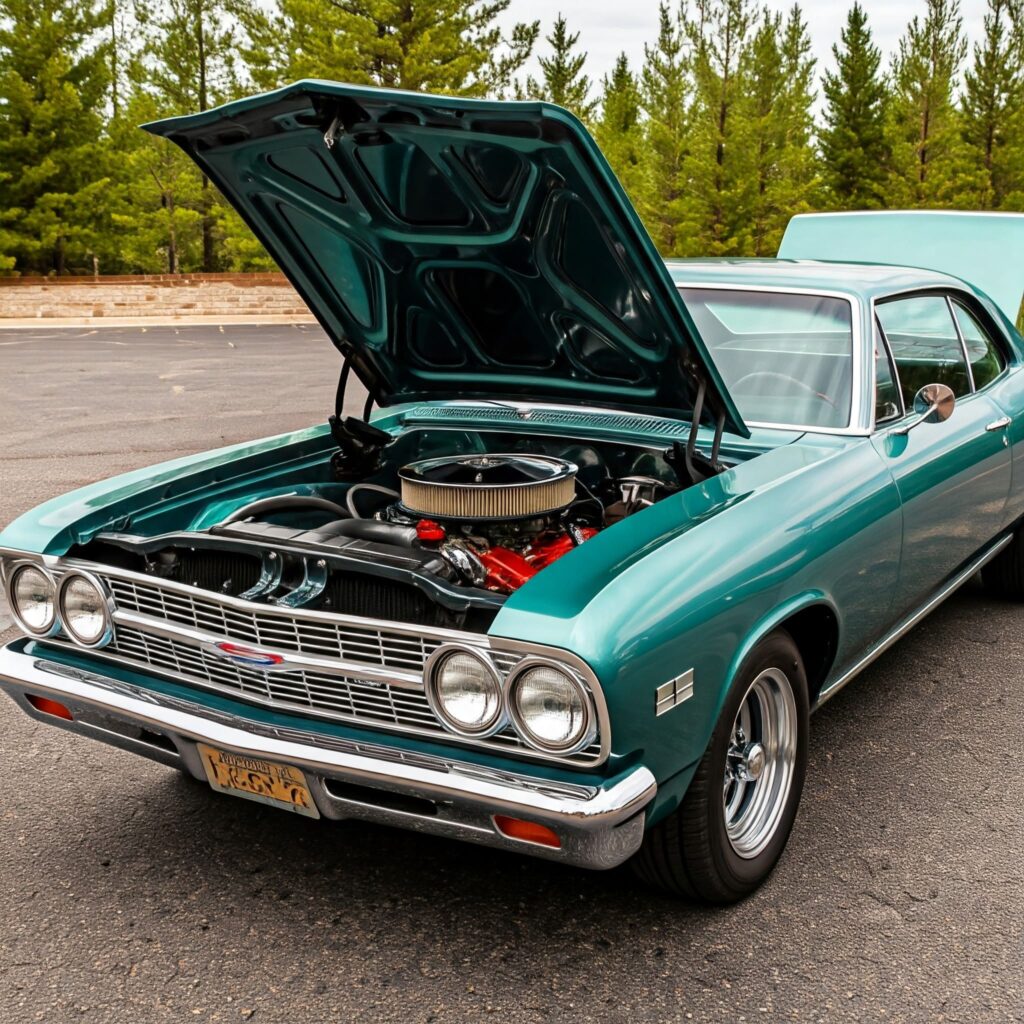Protecting the engine of your classic or high-performance vehicle requires more than just regular maintenance. Selecting the correct motor oil plays a key role, especially for engines featuring flat-tappet camshafts or those operating in high-stress conditions. This guide compares three high-zinc motor oils—Hot Rod & Classic Car Motor Oil, Valvoline VR1 Racing High Zinc Motor Oil, and AMSOIL Z-ROD® Synthetic Motor Oil. Additionally, insights on zinc’s role in engine protection, drawn from authoritative sources like Hemmings’ Tech 101: Zinc in Oil, have been integrated to provide deeper context for informed decision-making.
The Role of Zinc in Engine Oils
Older engines, which lack the modern roller camshaft designs seen in newer engines, rely heavily on anti-wear additives for protection. Zinc Dialkyl Dithiophosphate (ZDDP,) a compound found in high-zinc oils, forms a protective film on the metal surfaces of engine components, especially during startup or under extreme pressure. However, as outlined in Hemmings’ article, modern motor oils have reduced ZDDP levels to meet environmental standards, potentially leaving older engines vulnerable.
These changes have introduced unique challenges for classic and high-performance vehicles. Low zinc levels can result in insufficient lubrication during startup, accelerating wear on engine components like lifters, cam lobes, and bearings. High-zinc motor oils, or dedicated additives, address these gaps, offering engines the protection they need.
Comparing High-Zinc Motor Oil Options
Below is a comparison of Hot Rod & Classic Car Motor Oil, Valvoline VR1 Racing High Zinc Motor Oil, and AMSOIL Z-ROD® Synthetic Motor Oil based on features, applications, and benefits.

1. Hot Rod & Classic Car Motor Oil
- Application: Designed for use in classic and high-performance vehicles operating under varied conditions.
- Key Features:
- Elevated ZDDP levels for wear protection in flat-tappet engines.
- Enhanced film strength for improved wear resistance.
- Potential Benefits:
- May reduce operating temperatures.
- Contributes to extended oil life by resisting breakdown.
- Protects against metal fatigue in older engines.
- Ideal Use: Classic car owners and high-output engine users seeking consistent protection for engines exposed to regular stress.
2. Valvoline VR1 Racing High Zinc Motor Oil
- Application: Suited for high-performance gasoline engines, including those using alcohol-based fuels.
- Key Features:
- High zinc content formulated to protect engine components under extreme conditions.
- Specialized friction modifiers to reduce internal engine resistance.
- Foam-prevention additives for reliability during high-speed or high-load operations.
- Potential Benefits:
- Helps minimize heat generation during intense use.
- Maintains oil stability under racing or performance environments.
- Reduces metal-to-metal contact, extending engine life.
- Ideal Use: Performance vehicles frequently pushed to their limits, such as muscle cars or racing engines.
3. AMSOIL Z-ROD® Synthetic Motor Oil
- Application: Specifically formulated for classic vehicles, offering enhanced protection during both operation and storage.
- Key Features:
- Synthetic formula designed for high heat and cold stability.
- High concentrations of zinc to protect flat-tappet camshafts, lifters, and similar components.
- Anti-corrosion additives to prevent rust during long storage periods.
- Potential Benefits:
- Extends engine life by minimizing wear and corrosion.
- Synthetic base fluid reduces thermal breakdown compared to conventional oils.
- Extended drain intervals add convenience for classic vehicle owners.
- Ideal Use: Classic cars that are stored seasonally or used in varied climates, requiring protection during inactivity and operation.
Factors to Consider When Choosing High-Zinc Motor Oil
Selecting the right high-zinc oil involves evaluating your engine’s design and its operating environment. Here are a few key considerations:
- Engine Design: Engines with flat-tappet camshafts or older designs benefit significantly from high levels of ZDDP.
- Usage Patterns:
- Vehicles stored seasonally may require rust protection, as provided by AMSOIL Z-ROD®.
- Frequently driven or raced vehicles depend on oils offering friction reduction and thermal stability, such as Valvoline VR1.
- Oil Performance in Conditions:
- Look for thermal stability for high-temp environments or synthetic bases for mixed climates.

FAQs About High-Zinc Motor Oils
1. Why do older engines need high-zinc motor oil?
Older engines with flat-tappet camshafts rely on ZDDP for wear protection. As explained by Hemmings, modern oils with reduced zinc levels may not provide sufficient lubrication under high pressure, leading to increased engine wear.
2. Can I use high-zinc oil in modern engines?
Many modern engines are designed for low-zinc oils to protect emissions systems like catalytic converters. High-zinc oils are generally recommended for vehicles built before the 1980s.
3. Are synthetic high-zinc oils better than conventional options?
Synthetic oils, such as AMSOIL Z-ROD®, offer superior resistance to breakdown under extreme conditions or long storage periods, making them an excellent choice for both operational and inactive vehicles.
4. How often should high-zinc oils be changed?
Change intervals vary. Synthetic high-zinc oils may allow for extended periods, but racing or extreme performance scenarios often require more frequent changes.
Final Considerations
The choice of motor oil comes down to your vehicle’s needs and conditions:
- Hot Rod & Classic Car Motor Oil provides a robust balance of protection for older engines driven under routine conditions.
- Valvoline VR1 Racing High Zinc Motor Oil is tailored for high-demand performance vehicles, offering advanced friction reduction and wear resistance.
- AMSOIL Z-ROD® Synthetic Motor Oil delivers long-term protection, particularly for classic vehicles stored part of the year.
For more in-depth technical insights on zinc and its effectiveness in protecting older engines, consider reading Hemmings’ article on zinc in oil. It provides valuable context on how oil formulations have evolved and what that means for your vehicle. Matching the right oil to your engine’s requirements will ensure its performance and longevity for years to come.
